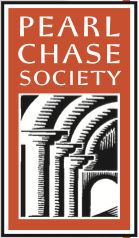Kellam de Forest Speaker Series
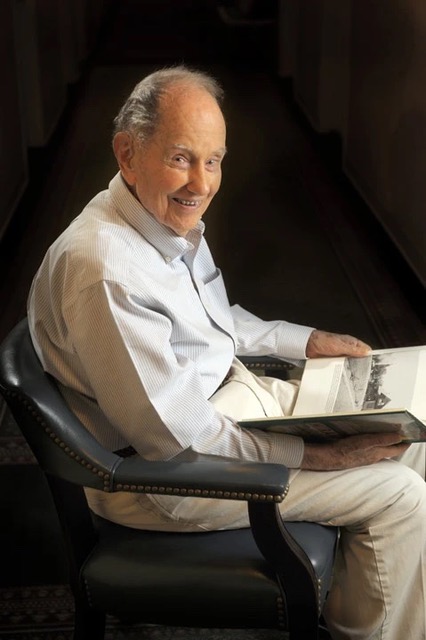
Kellam de Forest: The Man you May Not Know. The series began in April 2023, the focus of the first presentation was “Kellam de Forest, The Man you May Not Know,” by longtime board member and Kellam’s friend, Richard Closson. He offered a close-up and personal view of Kellam’s life. He described “our Kellam” with his “whip-smart intellect and impish grin.” He detailed Kellam’s professional life in Hollywood, where he founded De Forest Research, an innovative and highly respected fact-checking organization that provided an essential service for television and movie productions.
He was a staunch believer in the power of citizen activism exemplified by Pearl Chase. She stated, “Government officials are temporary—they come and go—and this constant turnover means that many citizen organizations have far greater continuity and relative importance in community affairs. Don’t assume leadership will come from the professions; you often won’t find it there. If you’re to succeed, you must be led by citizens and citizen groups, with the interest and support of key public agencies.”
A native Santa Barbaran who returned to his hometown in his retirement years, Kellam was a founding member of the Pearl Chase Society and almost a fixture at City Hall. He often spoke out at City Council, and the City’s various boards and commissions, even in his later years when confined to a wheelchair, he spoke truth to power.
When he passed away in 2020, the Society received donations in his name, and Board Members considered several ways to honor him. After much deliberation, the notion of establishing a regularly scheduled speaker series named in his honor to fulfill the society’s mandate to educate, and to address subjects that were of interest to Kellam.
The presentation was generously recorded by TVSB and available for viewing:
Following the presentation, attendees enjoyed a brief reception in the lovely courtyard area, with the opportunity to meet with Closson for more insights about this very special man noting “The good that people do, lives after them.” That is certainly the case with both Pearl Chase and founding member Kellam de Forest.
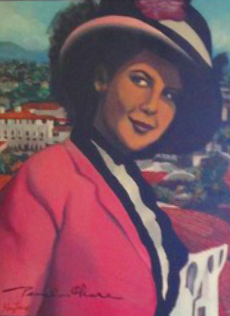
Pearl Chase: Social Worker. The second monthly installment in the speaker series featured Board member and Pearl Chase biographer, Cheri Rae, who filled gaps in our knowledge with a presentation about Pearl’s early years. It was a fitting subject, held at the Recreation Center—built in 1914, thanks to the fund-raising efforts of Pearl and her colleagues. It was also where Pearl began her professional life, alongside Margaret Baylor, and helped establish Santa Barbara as a caring community dedicated to the health and welfare of its residents.
The audience was treated to the notable high and low points in the history of the Society’s namesake. These included family tragedies, romantic ups and downs, academic excellence, physical injuries, limited career roles for women of the era, campaign successes, and her intersection with other acclaimed women.
Cheri’s introduction for us to the early Pearl Chase, described many events, circumstances, and environment that shaped her worldview and explained her lifelong selfless public activism.
Casa California: Spanish Colonial Revival Style. In our third installment in the series, author and editor Douglas Woods discussed the transformation of Santa Barbara’s architecture following the great earthquake of 1925 to a model Spanish Revival-style city. He is currently working on a substantial volume on great period revival houses and special gardens in the Santa Barbara region.
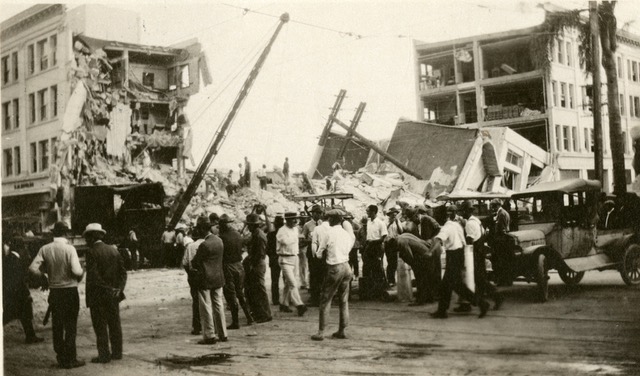
He spoke about the Spanish Colonial Revival style and its influence on Southern California residential architecture. This more resilient architecture composed of adobe, stucco, stone, and clay also connected the thread to the city’s Spanish heritage and romanticized past. His slideshow offered great examples of this distinctive style from San Diego to Santa Barbara.
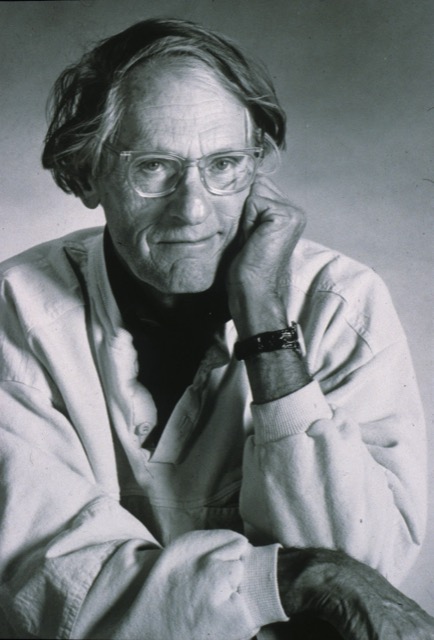
David Gebhard’s Santa Barbara. After a summer hiatus, the speaker series resumed in September with a presentation about David Gebhard’s influence on Santa Barbara by Lauren Weiss Bricker, Ph.D., who very recently retired as professor of architecture at California State Polytechnic University, Pomona. Dr. Bricker drew a wide and enthusiastic audience to learn more about Santa Barbara’s influential architectural historian whose name is so revered locally that the City’s hearing room for many boards and commissions is named in his honor.
David Gebhard arrived in Santa Barbara in the early 1960s, at a critical moment when preservation of the City’s historic sites appeared to be challenged by an emergent modernism. Rather than see these as two confrontational perspectives, Dr. Gebhard enthusiastically supported creative ways to pursue new design while protecting historic resources and the natural environment. Pearl Chase was an important collaborator in many of his endeavors.
His research areas were highly influential. As Director of the University Art Museum, UCSB, Dr. Gebhard developed one of the nation’s leading collections of architectural drawings. He repeatedly turned to drawings as beautiful art objects and key sources of documentation. He curated numerous exhibitions over his tenure at UCSB; the accompanying exhibition catalogs remained, and in some cases remained the sole scholarly source on a topic. As a faculty member of the Department of Art and Architectural History, his scholarship attracted students and contributed to the reputation of the department.
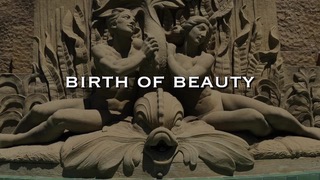
Birth of Beauty: The Santa Barbara Renaissance. The October event conclude the series with a film by Jim Cutsinger, produced by the Pearl Chase Society. The film begins, “Every city has an original cast of characters, the people who had a hand in creating the identity and spirit of the place. If the vision of those early years are compelling enough to survive, it will guide the city’s growth and success into the future. That’s exactly what happened in Santa Barbara.”
The film focuses on the roles of Margaret Forsyth Andrews and Caroline Hazard as they influenced architect Mary McLaughlin Craig and the design of Plaza Rubio, as well as the leadership of Pearl Chase in the 1920s.

